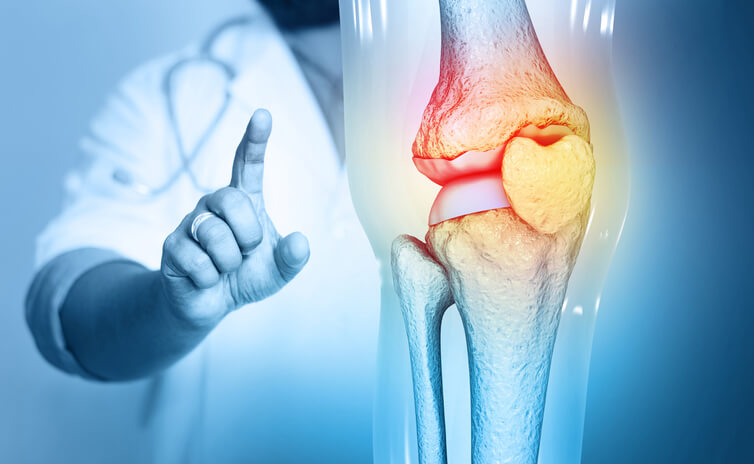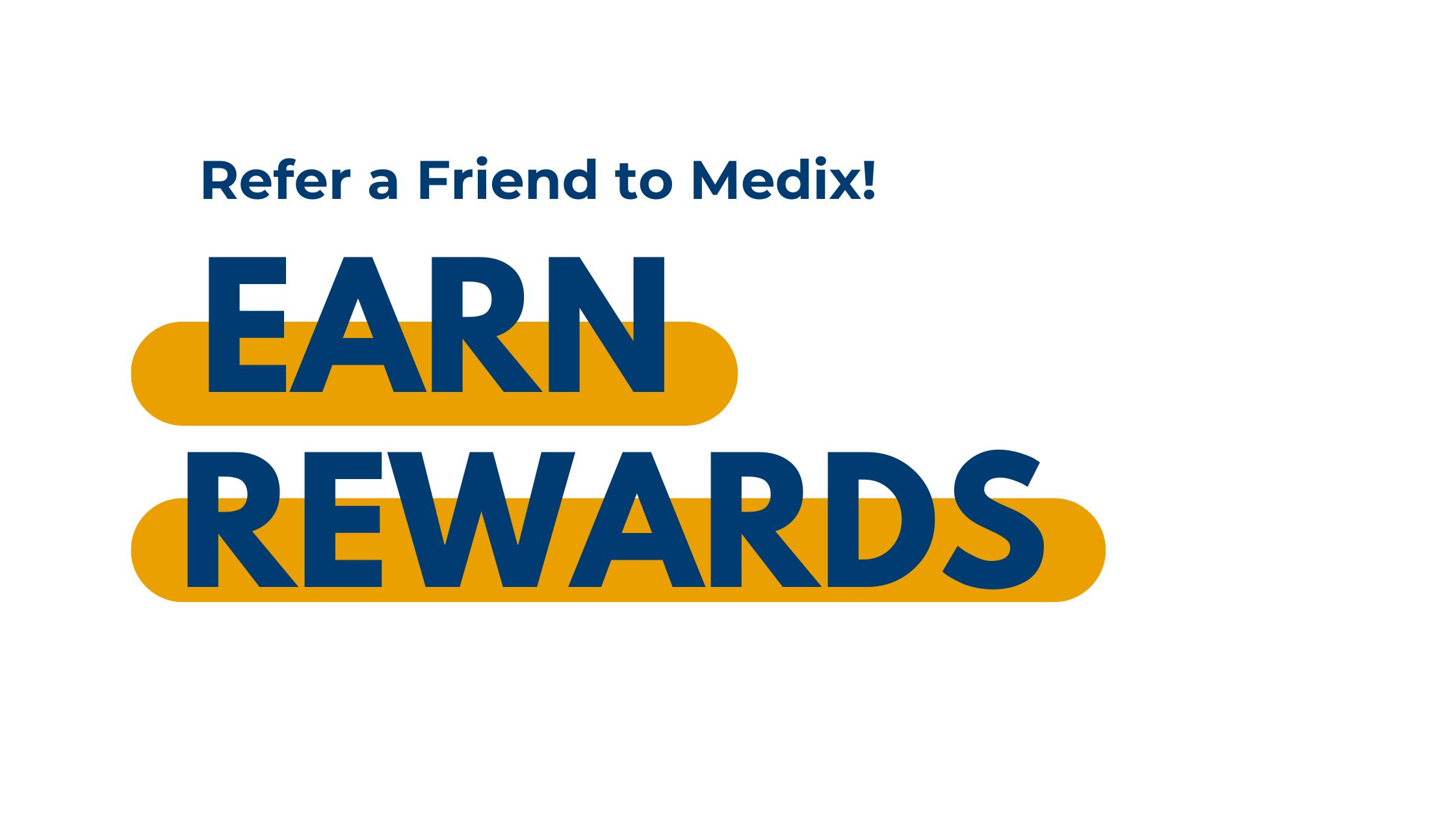
The human body is a complex, fascinating mechanism with various structures and parts connected and working efficiently. In a way, the human body works like a machine (a car, for example), where a defective part can cause the entire system to malfunction. Whenever this happens, only a trained auto mechanic can identify the root of the problem and offer solutions.
Think of the human body as a car and of the auto mechanic as a massage therapist, and you’ll see why anatomical knowledge is vital for massage therapists. Understanding anatomy will help you identify and target specific muscle groups, better assess and treat soft muscle injuries, and avoid causing harm to your clients.
If you’re considering starting Massage Therapy training, our diploma program offers courses on Regional Anatomy that introduce students to basic structural and functional principles in different human body regions. In this blog, we’ll briefly explain the importance of anatomy to massage therapy.
Identify Muscle Groups in Massage Therapy Training
A thorough understanding of anatomy is essential for massage therapists as it helps them identify the muscles, bones, joints, nerves, blood vessels, and other structures they typically work on during massage sessions. With this knowledge and Massage Therapy training, graduates can apply appropriate techniques and pressure to specific areas and achieve desired results. For example, if you are treating a client who has lower back pain, you can use your anatomical knowledge to identify the muscles and joints involved and apply specific techniques to relieve the pain.

Understanding the Body and Improved Communication
The ability to fully understand how the body reacts to massage and how massage affects the body comes from having a thorough understanding of anatomy. Comprehensive anatomical knowledge can help you discover the many benefits of massage, including how it can increase lymphatic drainage, lower blood pressure, ease muscle tension, and improve blood circulation. With time, this knowledge will vastly improve your massage skills and help you provide your clients with better outcomes.
Technical skills are vital, but a lot can also be said about communicating properly as a massage therapist. Full anatomical knowledge will make you more adept at explaining what you’re doing to your clients (and why). It’ll come in handy when you need to educate them on how to care for their bodies. Beyond this, knowing and using the correct anatomical terms and concepts will help you communicate better with doctors, chiropractors, physical therapists, osteopaths, and other members of your client’s medical team.

How Medix College Can Fast-Track Your Progress
Our Massage Therapy diploma program is designed to prepare students to become skilled and knowledgeable massage therapists who can provide safe and effective treatments to clients. The program can be completed in less than a year and combines classroom instruction with practical, hands-on training in various massage techniques.
Some of the courses covered in your massage therapist training include Regional Anatomy I & II, Massage Theory and Techniques, Palpation, and Hydrotherapy. By enrolling in this program, you can benefit from a comprehensive education that prepares you to complete your registration exams and become a massage therapist. You will also gain the practical experience to confidently provide therapeutic massage to clients in various settings, from spas and wellness centers to fitness clubs and rehabilitation clinics.
Are you Interested in starting a Massage Therapy training program?
Contact Medix College to learn how you can get started!
FAQ
Do Massage Therapists Need to Know about Anatomy?
Yes, a thorough understanding of anatomy is essential for massage therapists as it helps them identify the muscles, bones, joints, nerves, blood vessels, and other structures they typically work on during massage sessions.
Why Learn Anatomy During a Massage Therapy Program?
Understanding anatomy will help you identify and target specific muscle groups, better assess and treat soft muscle injuries, and avoid causing harm to your clients.
Do massage therapists learn anatomy?
Medix College’s Massage Therapy program offers courses on Regional Anatomy that introduce students to basic structural and functional principles in different human body regions.
What is anatomy in massage therapy?
Understanding how the body reacts to and is affected by massage comes from having a thorough understanding of anatomy. Anatomical knowledge can help you discover the benefits of massage, including how it can increase lymphatic drainage, lower blood pressure, ease muscle tension, and improve blood circulation.




